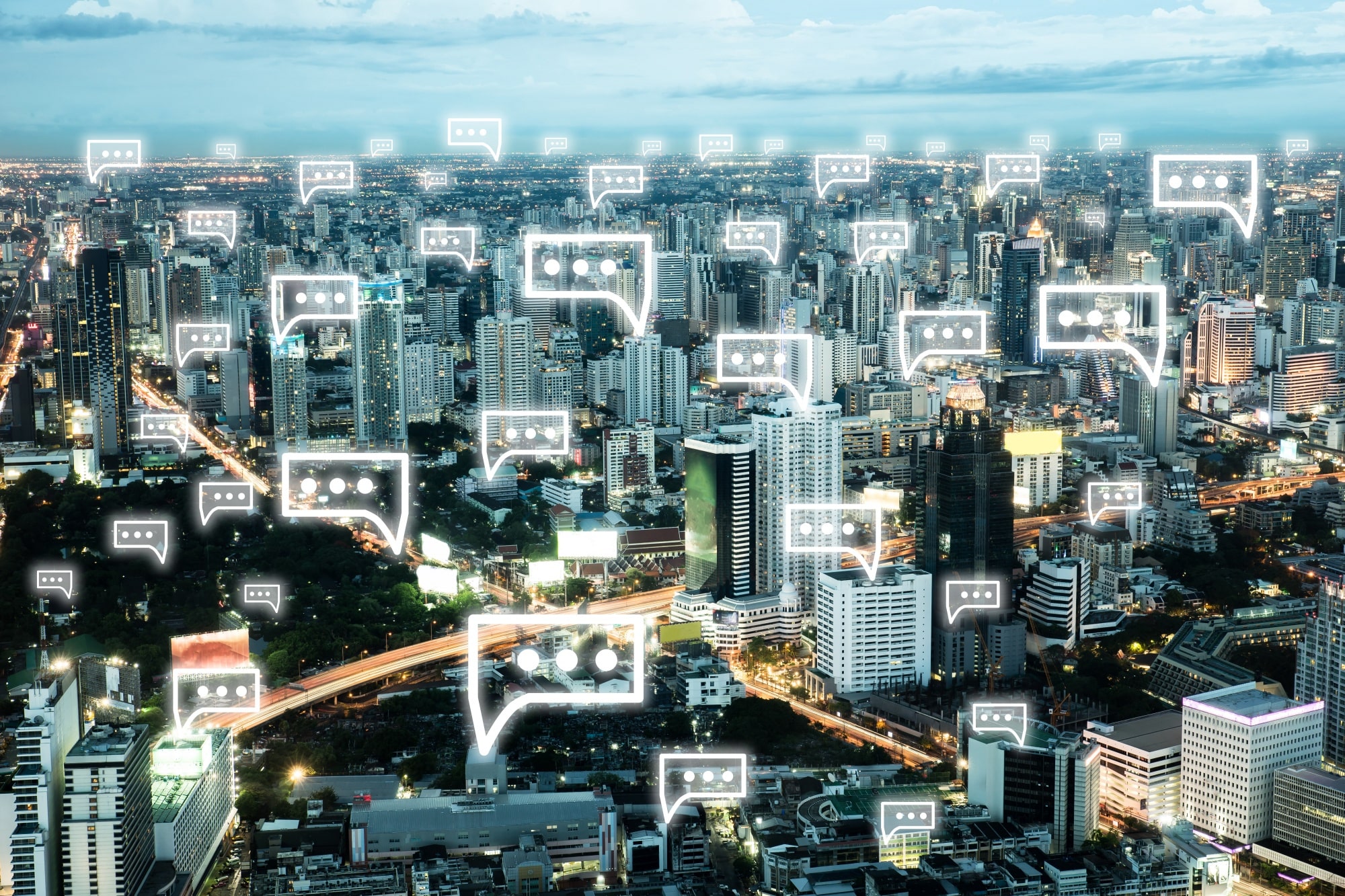Telecommunication plays a crucial role in enabling connected urban environments and facilitating the development of smart cities. Here’s how telecommunication contributes to the transformation of cities into smart, connected spaces:
- Internet of Things (IoT) Connectivity: Telecommunication networks provide the connectivity infrastructure necessary for the deployment and operation of IoT devices and sensors throughout the city. These devices collect and exchange data to enable various smart city applications, such as smart lighting, smart parking, environmental monitoring, and waste management. Telecommunication networks ensure seamless communication between these devices, allowing for real-time data analysis and decision-making.
- Enhanced Connectivity: Smart cities require reliable and high-speed connectivity to support the increasing number of connected devices and applications. Telecommunication companies play a vital role in providing the necessary broadband infrastructure, such as fiber optic networks, 4G/5G wireless networks, and Wi-Fi hotspots, to ensure ubiquitous connectivity across the city. This connectivity enables residents, businesses, and city infrastructure to stay connected and access digital services seamlessly.
- Intelligent Transportation Systems: Telecommunication networks enable intelligent transportation systems (ITS) that enhance mobility and transportation efficiency in smart cities. Through connectivity, traffic signals, vehicles, and transportation infrastructure can communicate with each other, enabling real-time traffic management, optimized routing, and intelligent transportation services. Telecommunication networks also support vehicle-to-vehicle (V2V) and vehicle-to-infrastructure (V2I) communication, enabling features like collision avoidance systems and intelligent parking solutions.
- Public Safety and Security: Telecommunication systems are essential for ensuring public safety and security in smart cities. Video surveillance cameras, emergency response systems, and connected security devices rely on telecommunication networks to transmit data and enable real-time monitoring. These networks facilitate efficient communication between emergency responders, law enforcement agencies, and other relevant stakeholders, enhancing emergency response capabilities and overall safety in the city.
- Smart Grid and Energy Management: Telecommunication networks play a vital role in the implementation of smart grid systems and energy management solutions in smart cities. These networks enable two-way communication between utility providers and consumers, allowing for real-time monitoring, load balancing, and demand response. Telecommunication infrastructure supports the integration of renewable energy sources, energy-efficient technologies, and smart meters, leading to optimized energy consumption and improved sustainability.
- Citizen Engagement and Services: Telecommunication technologies enable digital platforms and mobile applications that enhance citizen engagement and access to public services in smart cities. Residents can interact with city authorities, report issues, access information, and participate in decision-making processes through digital channels. Telecommunication networks enable e-government services, online payment systems, and other digital platforms that improve convenience, efficiency, and transparency in delivering public services.
- Big Data and Analytics: The data generated through various smart city applications and sensors is vast and complex. Telecommunication networks facilitate the transmission of this data to centralized platforms where it can be analyzed and processed using big data analytics. Insights derived from this data help city planners and policymakers make informed decisions, optimize resource allocation, and improve urban planning and management.
- Collaborative Infrastructure: Telecommunication companies often collaborate with other stakeholders, including city authorities, technology providers, and infrastructure developers, to build the necessary telecommunication infrastructure for smart cities. These collaborations ensure the seamless integration of telecommunication networks with other urban infrastructure, such as roads, buildings, and utility systems, to create a comprehensive and interconnected smart city ecosystem.
Telecommunication is an essential enabler for the development of smart cities, connecting various devices, systems, and stakeholders to create efficient, sustainable, and livable urban environments. As technology advances and connectivity improves, telecommunication will continue to play a vital role in shaping the future of smart cities worldwide.



